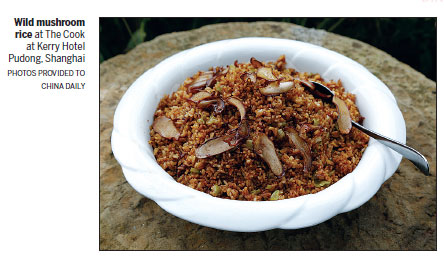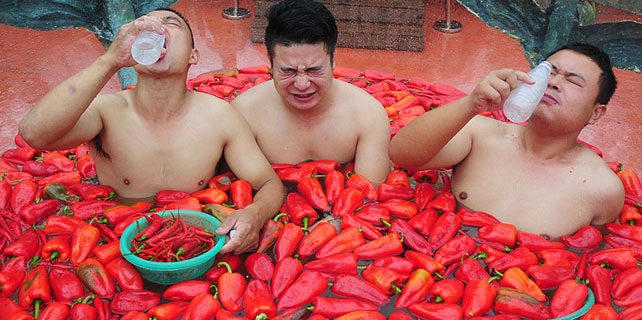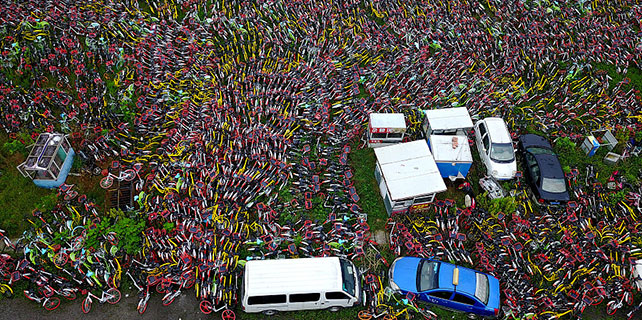The mushrooming demand for mushrooms

Reasons for growing demand
According to the Yunnan Fungus Association, mushroom consumption has been growing about 10 percent annually over the past few years. In 2015, around 80,000 tons of mushrooms worth 6.8 billion yuan were produced by the province.
Tang Xijin, chief of the matsutake association, said the growing demand of the mushroom was due to three key factors: an 8-minute feature on the matsutake in the popular food documentary A Bite of China in 2012, the expansive and fast-developing logistics network in the country and the perceived health benefits, including possible cancer prevention, that mushrooms have.
To cater to the growing mushroom market, SF Express, China's largest private express logistic firm, announced in July that it would launch a dedicated freight airline to ensure that consumers in 76 major cities in the country could receive fresh matsutake within 48 hours of harvest.
The soaring demand from coastal and other large cities in China has also led to a deluge of individual mushroom dealers entering the lucrative scene.
"People who used to sell facial masks and liquid collagen online are all entering the fray and they have greatly disrupted the way we deal with local farmers. Some of these new traders would meet with farmers and strike deals with them before we veteran players can. Others charge their customers unreasonably high prices," lamented Yan.
Mushroom tourism
Matsutake, which can be distinguished by its brownish cap and a plump white stem, grows at the roots of red pine trees. The best time to consume the mushroom is within three days of its harvest.
One of the notable matsutake harvest zones in Yunnan is in Shangri-La, Diqing Tibetan autonomous prefecture, where SF Express has established a logistics hub to deliver the mushrooms across the country. Gourmands have been known to travel all the way to this remote region to savor the matsutake.
"Mushroom tourism is still at its infancy but there is keen interest," said Eddie Zhu, general manager of Hylandia, a luxury hotel by hospitality group Shangri-La.
"It's just like a wine tour. Coming here to eat the mushroom doesn't necessarily make it taste better, but people just like to see where they grow and how they are harvested," said Zhu.
While there is no record of the number of guests who traveled to the region specifically to savor the matsutake, Zhu said that the hotel managed to sell 270 kg of the mushroom to their customers last year.
He expects mushroom tourism to extend the peak tourism season in the area by up to two months till mid-autumn. Tourist numbers are typically the highest from July to August and the lowest from December to April.
"The best matsutake mushrooms are not the longest ones but those that measure about 6 inches and have caps yet to open up like umbrellas - people believe these have the most intense aroma. I think Shangri-La tourism or mushroom tourism is also at a similar stage of opening-up now," said Zhu.









